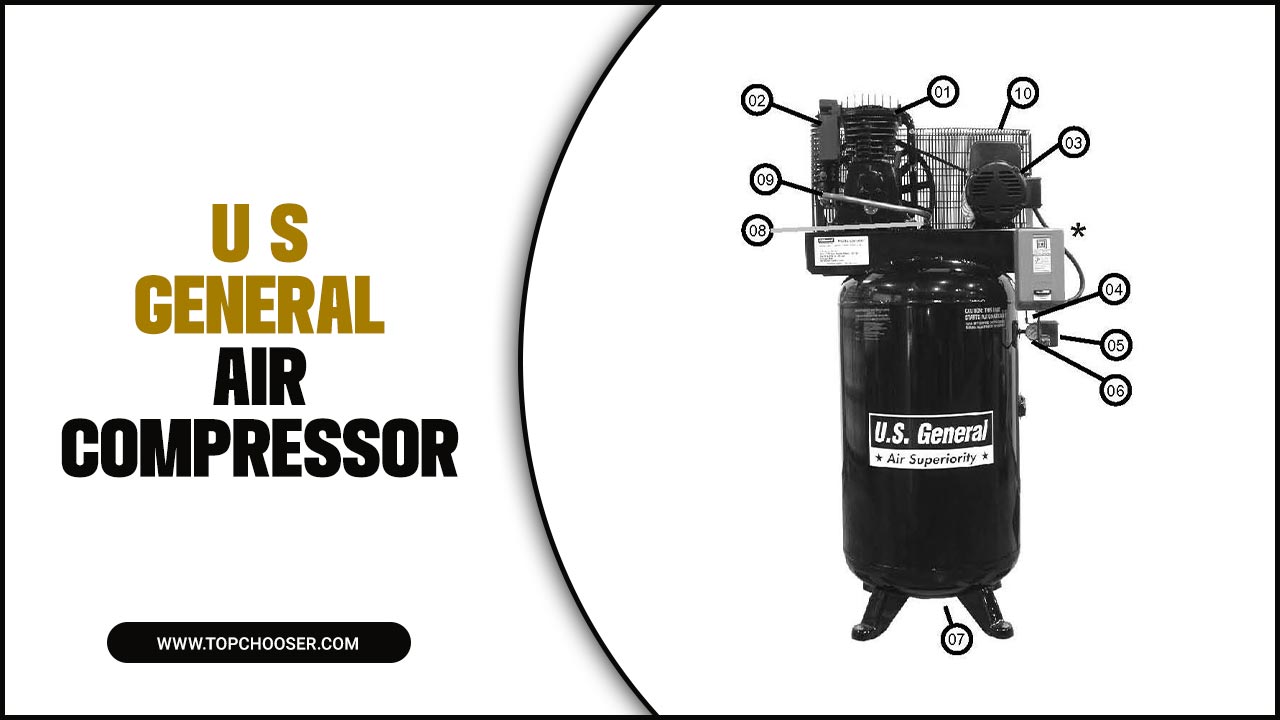Imagine turning on your tap and wondering what’s in your water. Many people ask, “Does a water softener remove fluoride?” It’s a question worth exploring.
Water softeners help reduce minerals that make water hard. But what about fluoride? Some people believe fluoride is harmful, while others think it helps teeth stay strong. Did you know that most water softeners are not made to remove fluoride? That’s surprising! This means you may still drink fluoride, even with a water softener.
Have you ever checked your water quality? It can be eye-opening. In this article, we’ll dive deeper into how water softeners work and whether they can reduce fluoride levels. You’ll learn the facts you need to keep your family safe and informed!
Does Water Softener Remove Fluoride? Understanding The Impact Introduction Water Softeners Are Commonly Used To Remove Hard Minerals Like Calcium And Magnesium From Water, Which Can Cause Scale Buildup In Plumbing And Appliances. However, Many People Are Curious About Their Ability To Remove Other Contaminants, Such As Fluoride. This Article Will Explore The Question, **Does A Water Softener Remove Fluoride**, And Provide Insights Into The Processes Involved In Water Treatment. Understanding Water Softeners Water Softeners Operate On A Principle Known As Ion Exchange. In Simple Terms, They Replace Hard Minerals With Sodium Or Potassium Ions, Effectively Softening The Water. While This Process Is Effective For Scaling Minerals, It Has Little To No Effect On Other Impurities Found In Water, Including Fluoride. What Is Fluoride And Why Is It Present In Water? Fluoride Is A Naturally Occurring Mineral That Is Often Added To Public Water Supplies To Promote Dental Health. Although It Can Have Benefits, Excessive Fluoride Exposure Is Associated With Various Health Concerns, Making Its Removal A Priority For Some Households. Does A Water Softener Remove Fluoride? The Simple Answer Is No; A Water Softener Does Not Effectively Remove Fluoride From Water. While It Can Reduce Hardness, The Ion Exchange Process Is Not Designed To Target Or Eliminate Fluoride Ions. Therefore, If You’Re Concerned About Fluoride Levels In Your Water Supply, A Water Softener Will Not Address This Issue. Alternative Options For Removing Fluoride If You Aim To Remove Fluoride From Your Water, Consider The Following Alternatives: 1. **Activated Alumina Filters**: These Specialized Filters Can Effectively Reduce Fluoride Levels When Used In Conjunction With Your Main Water Supply. 2. **Reverse Osmosis Systems**: This Highly Effective Filtration Method Can Remove Around 90% To 95% Of Fluoride From Water. 3. **Distillation Units**: Water Distillers Can Also Eliminate Fluoride, As The Distillation Process Boils The Water And Collects The Steam, Leaving Larger Molecules Like Fluoride Behind. Conclusion In Summary, While **Does A Water Softener Remove Fluoride** Is A Common Question, The Answer Is No. If You’Re Looking To Effectively Eliminate Fluoride From Your Drinking Water, It’S Essential To Explore Other Filtration Options. Understanding The Functionality Of Water Treatment Systems Ensures You Make Informed Decisions About Your Home’S Water Quality.

Does Water Softener Remove Fluoride?
Water softeners are great for tackling hard minerals like calcium and magnesium, but they don’t remove fluoride. Many people rely on these systems for cleaner water, but they might miss that fluoride stays in the water. Did you know that while softeners improve the taste and feel of water, they won’t affect fluoride levels? For families concerned about fluoride, it’s essential to explore other filtration options to ensure healthy drinking water.Understanding Water Softening
Definition of water softening and its purpose. Common methods used in water softening systems.Water softening is a process that removes hard minerals, making water gentler for your pipes and skin. Hard water can cause scaling and that annoying soap scum, like the villain in your favorite superhero movie. Common methods include ion exchange, where hard minerals are swapped for softer ones, and reverse osmosis, which uses special filters. It’s like giving your water a makeover for a cleaner, better flow.
| Method | How It Works |
|---|---|
| Ion Exchange | Swaps hard minerals with softer ones. |
| Reverse Osmosis | Filters out unwanted substances. |
Mechanism of Water Softeners
How ion exchange technology works in water softeners. The difference between hardness minerals and contaminants like fluoride.Water softeners use ion exchange technology to clean hard water. In this process, hard minerals like calcium and magnesium are swapped for sodium. This makes water softer and easier to use. However, water softeners only target these hard minerals. They do not remove contaminants like fluoride.
- Hard minerals make water tough.
- Sodium replaces hard minerals in the ion exchange.
- Water softeners do not affect fluoride levels.
This method works well for hardness but not for other harmful substances.
Does a water softener remove fluoride?
No, water softeners do not remove fluoride. They are designed for hardness minerals, not the contaminants found in water.
Water Softener Effectiveness Against Fluoride
Analysis of studies on fluoride removal by water softeners. Factors influencing the effectiveness of fluoride removal.Many studies show that regular water softeners don’t effectively remove fluoride. Fluoride is a small ion that can pass through softening systems. Here are some key factors that influence fluoride removal:
- Type of softener: Different softeners work in various ways.
- Fluoride concentrations: Higher amounts may be harder to remove.
- Water temperature: Heat can affect how well fluoride is filtered.
- System maintenance: Regular checks are important for effective operation.
Can water softeners remove fluoride?
No, water softeners cannot remove fluoride effectively. They are designed for hard minerals, not for fluoride removal. Another system, like a reverse osmosis filter, is better for that job.
Alternative Solutions for Fluoride Removal
Comparison of other filtration systems (reverse osmosis, activated alumina). Pros and cons of alternative methods for reducing fluoride levels.Many people want to remove fluoride from their water. Reverse osmosis and activated alumina are good choices. Each method has its benefits and drawbacks. Here’s a quick comparison:
- Reverse Osmosis: This system is very effective but can waste some water.
- Activated Alumina: This method works well but needs regular maintenance.
Choose the one that fits your needs best. Always check how much fluoride is in your water before deciding.
What are alternative methods for removing fluoride?
Reverse osmosis and activated alumina are two main methods for fluoride removal. Both can help lower fluoride levels in drinking water effectively.
Choosing the Right Water Treatment System
Key considerations when selecting a water treatment system for fluoride. Recommendations based on specific water quality needs.When picking a water treatment system, think about your home’s specific needs. Does your water need superhero-level fluoride removal? If yes, some systems might be better than others. Reverse osmosis units are great for tackling fluoride. They work like a pro filter, letting clean water through while keeping bad stuff out. Check your water quality first; this will guide your choice. Remember, one size does not fit all—just like socks!
| System Type | Effectiveness on Fluoride |
|---|---|
| Reverse Osmosis | Highly Effective |
| Activated Alumina | Moderately Effective |
| Water Softener | Not Effective |
With the right system, you’ll be sipping happy, fluoride-free water in no time!
Common Myths and Misconceptions
Debunking myths about water softeners and fluoride removal. Clarifying misunderstandings regarding water treatment systems.Many people believe that water softeners can eliminate fluoride. However, this is not true. Water softeners mainly target hardness minerals like calcium and magnesium. They do not effectively reduce fluoride levels. Some common myths include:
- Water softeners clean all chemicals.
- Fluoride removal is easy with softening systems.
- All water filters remove fluoride like softeners.
It’s important to understand how different water treatment systems work. This knowledge helps in choosing the best solution for your needs.
Can water softeners remove fluoride?
No, water softeners do not remove fluoride. They are designed to soften water, not filter out chemicals.
Frequently Asked Questions
Addressing common queries about fluoride and water softening. Providing clear, concise answers to enhance reader understanding.Many people wonder about fluoride and water softeners. Here are some common questions:
Can a water softener remove fluoride?
No, water softeners do not remove fluoride from water. They mainly tackle minerals like calcium and magnesium. If you want to remove fluoride, you might need a special filter.
What else can help with fluoride removal?
- Reverse osmosis systems
- Activated alumina filters
Understanding these details helps keep your water safe and clean. Water is vital for our health!
Conclusion
In conclusion, a water softener does not remove fluoride from water. It mainly targets hard minerals like calcium and magnesium. If you want to reduce fluoride, consider using special filters or reverse osmosis systems instead. Always check your water quality for peace of mind. For more information, explore reliable sources or ask a professional!FAQs
How Do Water Softeners Work, And What Contaminants Do They Typically Remove From Water?Water softeners help make hard water softer. They do this by taking out minerals like calcium and magnesium. These minerals can make water feel rough and can leave stains on things. A water softener usually uses salt to replace these hard minerals with softer ones. This way, your water is cleaner and easier to use!
Can A Water Softener Effectively Reduce Or Eliminate Fluoride Levels In Drinking Water?A water softener helps with hard water, but it doesn’t remove fluoride. Fluoride is a different kind of mineral. To get rid of fluoride, you need special filters like reverse osmosis or activated alumina. So, if you want to lower fluoride in your water, a water softener won’t work.
What Are The Best Methods For Removing Fluoride From Water If A Water Softener Is Not Effective?If a water softener doesn’t work for removing fluoride, you can try several other methods. One way is using activated alumina filters. These special filters grab onto fluoride as water flows through them. Another option is reverse osmosis systems, which push water through a tiny filter that keeps fluoride out. You can also buy special water pitchers that filter out fluoride.
Are There Specific Types Of Water Treatment Systems That Are Designed To Target Fluoride Removal?Yes, there are special water treatment systems that can remove fluoride. One popular type is a reverse osmosis system. This system uses a special filter to take out fluoride from the water. Another option is activated alumina, which also helps in getting rid of fluoride. These systems can help make your water safer to drink.
What Potential Health Effects Can Result From High Levels Of Fluoride In Drinking Water, And How Can Water Softening Contribute To This Issue?Too much fluoride in drinking water can harm your teeth and bones. It can cause a condition called fluorosis, which makes teeth look spotty. If you drink water that has a lot of fluoride, it can also make your bones weaker. Water softening, which helps remove hard minerals, can accidentally add more fluoride. It’s important to keep our water safe and healthy!








